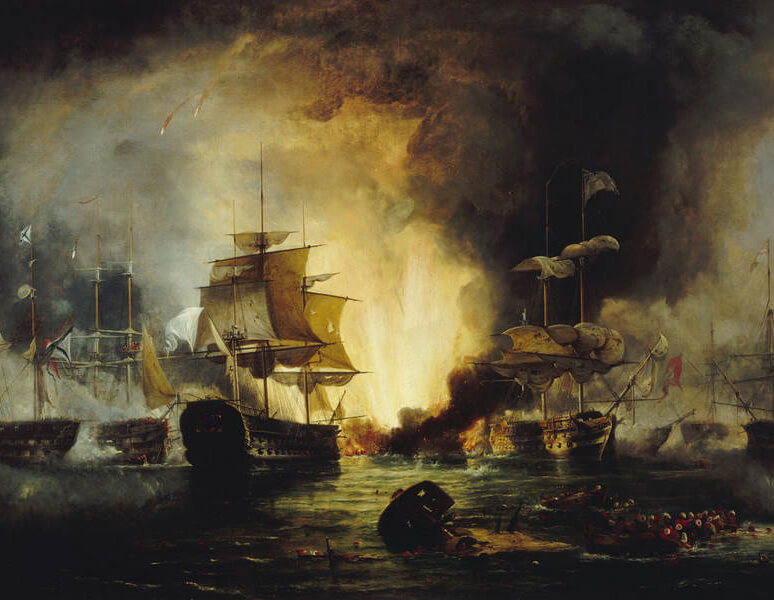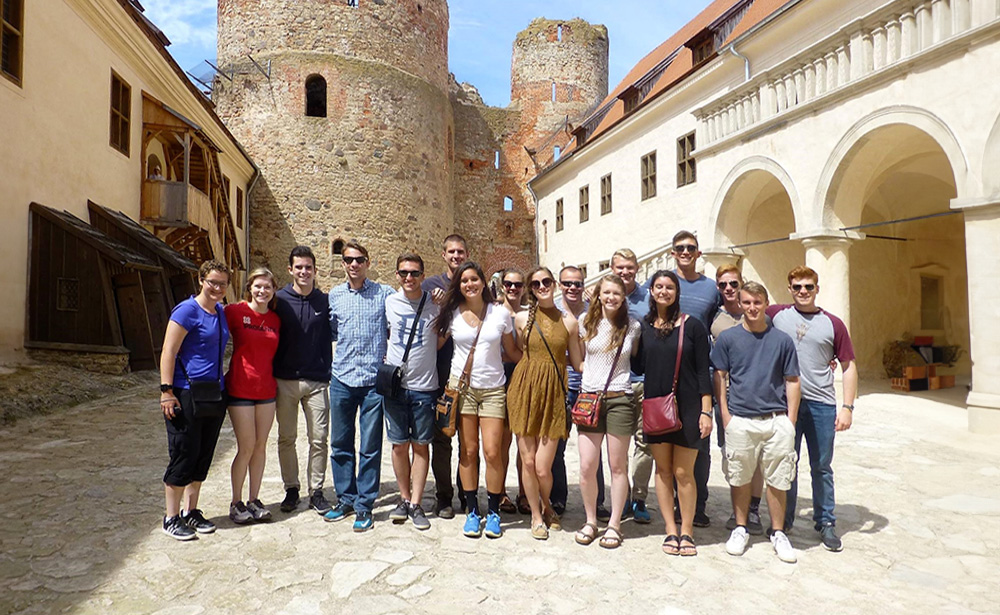Largest Naval Battles in the Russian History
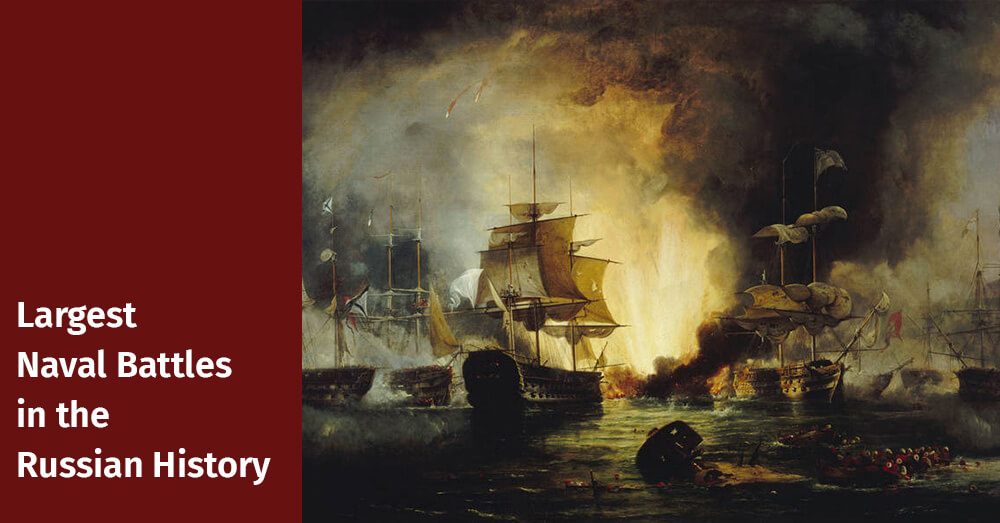
Sea battles have always been as significant as land battles. They were intense and large-scale in terms of the number of combat forces involved. Military control over sea shipping routes provided lots of advantages. Therefore, heads of the states and military leaders always tried to get it. In our article, we’re going to tell you about largest naval battles in the history of Russia.
The Battle of Gangut – 1714
The battle between Russian Imperial Navy and Swedish Navy took place on July 27, 1714 at Gangut. At that time, Russia needed access to the Baltic Sea for the development of its trade relations, but it was occupied by the Swedes. When Russian ships came up to the Aland Islands, they were immediately blocked.
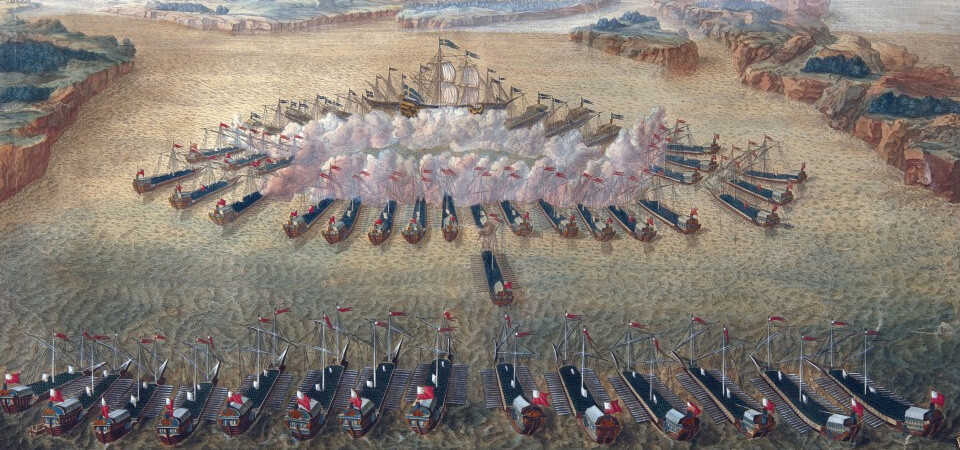
The first attempt in breaking through the Swedish lines was made by attempting to pull the galleys over the peninsula. Having known about the Russians’ attempt, the Swedes sent a small naval detachment to the Northern coast. Peter I foresaw this step of the enemy, so the Russian squadron surrounded the Swedish ships near the Northern Bay and offered them to surrender. After the Swedes refused to surrender, the battle began. As a result of the battle, Russia acquired the access to the sea and enhanced its position in the Baltic region.
The Battle of Grengam – 1720
The battle of Grengam in 1720 was the last major naval battle in the Great Northern War. Swedish Navy attacked Russian Navy near the Aland Islands. Ships began to withdraw to shallow water, and large vessels of the Swedes ran aground. Taking advantage of the situation, Russian sailors and galley officers boarded 4 Swedish frigates. The other Swedish ships retreated.
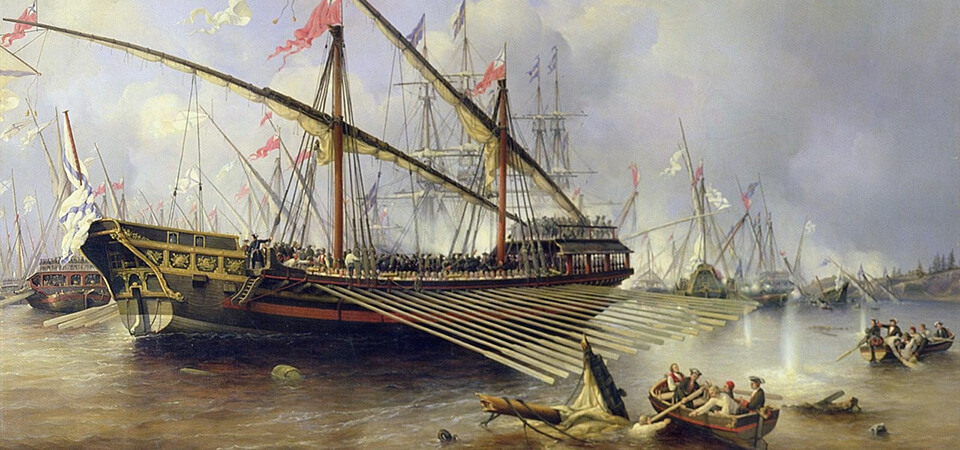
The victory in the battle of Grengam allowed the Russians to consolidate on the Baltic Sea. And it also helped to achieve the signing of the Treaty of Nystad.
The Battle of Chesme – 1770
The largest battle of the Russo-Turkish War took place in June, 1770 at Chesme Bay. Count Alexey Orlov was appointed Commander-in-Chief of the Russian Fleet.

The Ottomans opened fire at Russian ships in the Chios Strait. However, after a counterattack, they cut off their anchors and took their frigates and battleships back to the Bay. On June 26, the two-day battle was completed with a complete victory for the Russian fleet which completely destroyed the Turkish vessels. Later, Russia was able to control the Dardanelles Strait and dictate its terms when making peace with the Ottoman Empire.
The Battle of Sinop – 1853
The battle of Sinop took place at Sinop, a sea port in northern Anatolia, Turkey, in 1853. The Russian Imperial Black Sea Navy and the Ottoman Squadron took part in the battle. Vice Admiral Pavel Nakhimov took command of the Russian Fleet. Using several ships of the line he managed to block Turkish vessels in the bay, and upon arrival of reinforcements the shelling began. Thanks to the skillful actions of Russian sailors and officers, both Turkish ships and coastal batteries were destroyed in the battle.
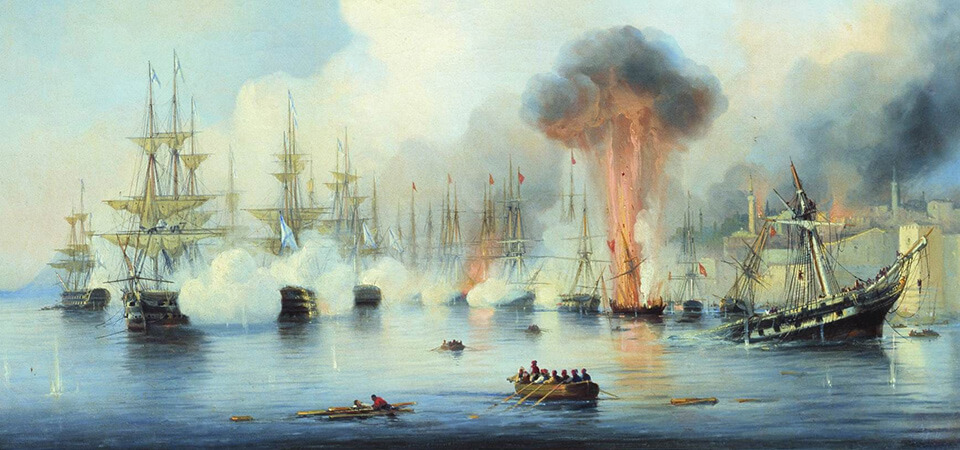
At the end of the battle, several Turkish captains were captured, as well as the commander of the Turkish fleet, Vice Admiral Osman Pasha. In March 1954, Great Britain and France joined the battle to resist Russia and prevent it from developing its success in the war on the side of the Ottoman Empire.
The Battle of Tsushima – 1905
The battle between Japanese and Russian fleets happened in May, 1905 in the Tsushima Strait. The outcome of the battle was clear immediately after the end of a massive artillery duel between the battleships. Only 17 out of 38 Russian vessels that participated in the battle saved; the rest were sunk or blown up. Japanese losses were insignificant: only two small destroyers were damaged during the battle, but other ships were slightly damaged. Another Japanese destroyer sank after an accidental collision with the Japanese cruiser.
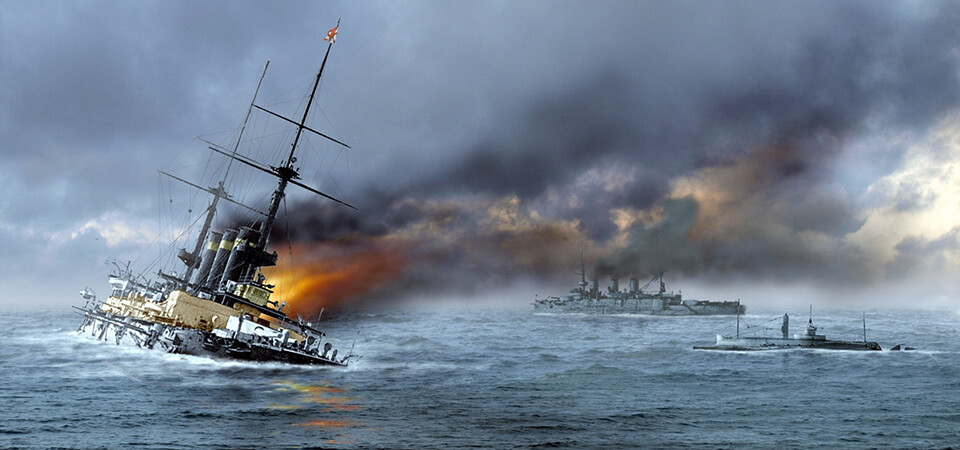
The battle of Tsushima can be considered the largest battle in the history of the 1904-1905 Russian-Japanese war. The victory of the Japanese fleet highlighted many flaws in the organization of the Russian army, as well as contributed to the victory of Japan in the war.
That’s the end of our article about largest sea battles in the Russian history. We hope you’ve liked the article.
You may be interested
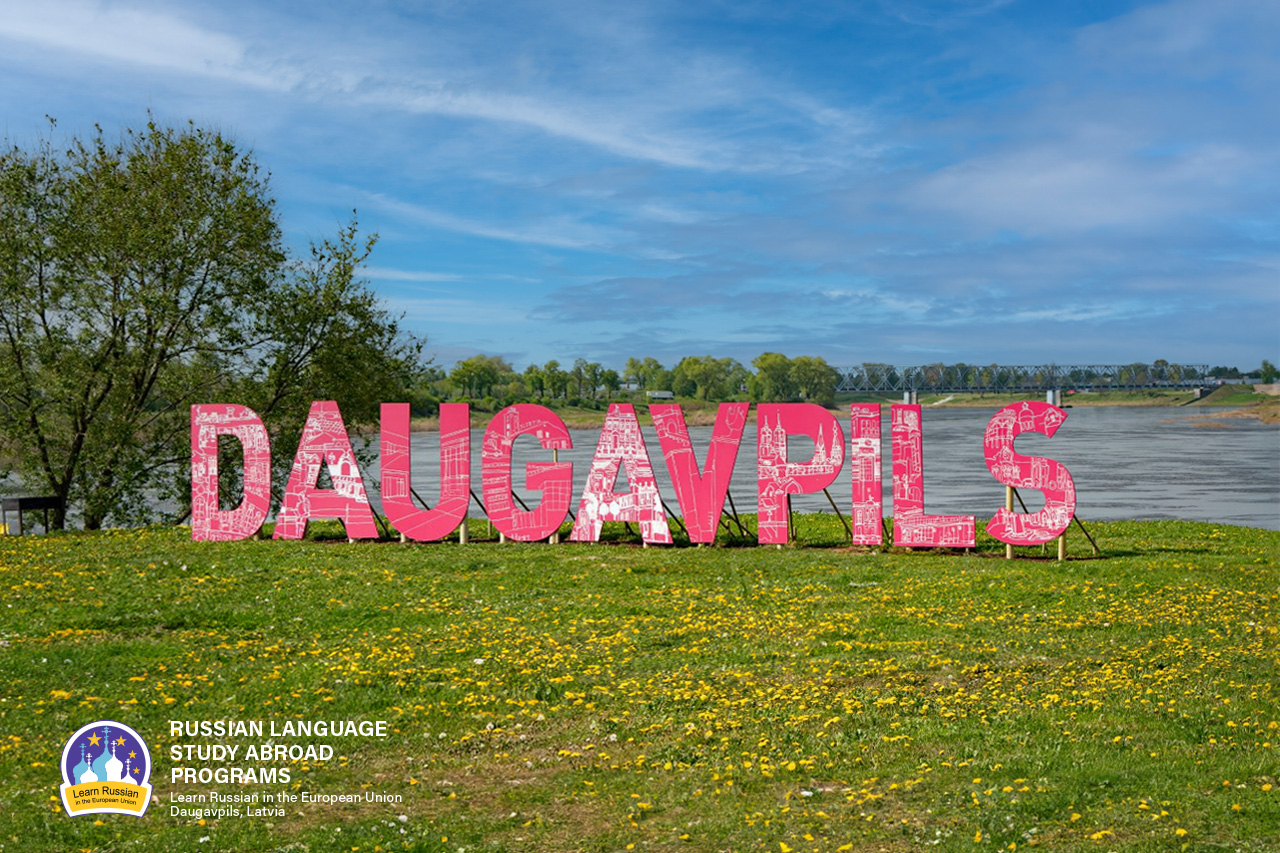
Why do people speak Russian in Daugavpils?
As it seems to us, Daugavpils is the best place to learn Russian now, because our city is situated in the EU and NATO, but at the same time 90% of the city’s population speak Russian at home.

ЭТЮД О ДВИНСКЕ
Etude on Dvinsk by F.Fedorov
The Baltic region is one of the most catastrophe prone regions of the 2nd millennium, especially its second part; it is the centre of attraction of ‘geopolitical’ interests of the European world. Probably the most tragic fate has befallen to the eastern part of the present Latvia and its multi-titled town of Dinaburg – Dvinsk – Daugavpils. During its 730 years long history, the town went through five rather autonomous periods of development, five different lives (German, Polish, Russian, Latvian, Soviet), and at the beginning of the 1990s it entered into the 6th period.
The history of Dinaburg – Dvinsk – Daugavpils is the history of five attempts by the town to begin its life anew; and this is determined not only by the fact that the town was four times burned down and had to start life from scratch, but first and foremost because each of these periods was characterized by a total change of ethnos and the socio-cultural field.
The present article deals with the cultural space of the town in one of the most efficient periods of its development – from the 1860s till World War I.


